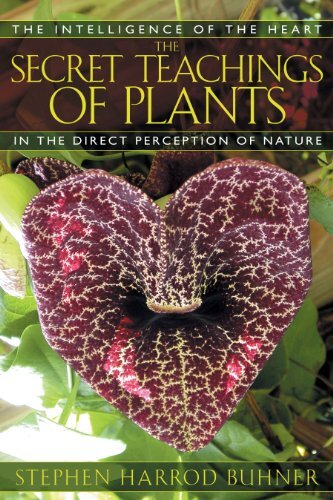Identifying the heart and its abundance of neural cells as the human body's primary organ of perception and communication, this work demonstrates that linear scientific methods are not the only source of knowledge and that intuitive, holistic thinking can open up realms of experience not available to or recognized by conventional science.
Divided into two distinct parts, this book first examines the epistemological foundations of "biognosis," or the acquisition of knowledge from direct perception of the living world around us. This way of knowing is based on the presumption that our bodies (the heart especially) are capable of acquiring information from wild nature that conventional scientific methods and instrumentation are not capable.
We can only see what we allow ourselves to see. Instruments constructed to perceive a particular range of light or sound or energy can only perceive events that lie within in that range. The universe we perceive through our telescopes and microscopes is not the "real" universe, but only the one our instruments are made to perceive.
The second half of this book explores another way of knowing, much older and more diverse, but largely discounted or discredited by present-day scientists. More akin to poetry and music than botany and chemistry, the heart-centered mode of perception is probably more common in the everyday lives of people all across the planet than the media, scientific institutions, schoools and textbooks care to admit.
